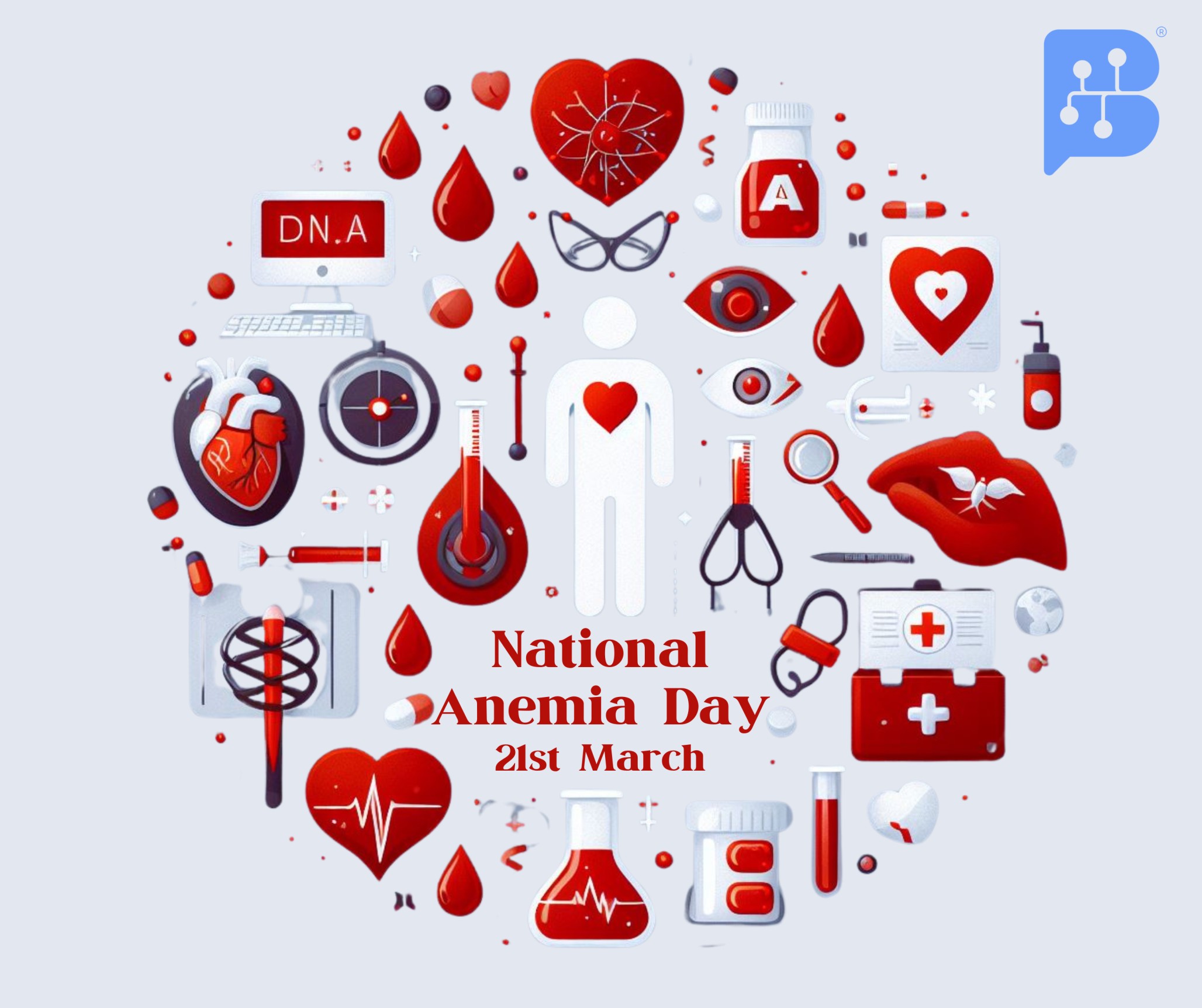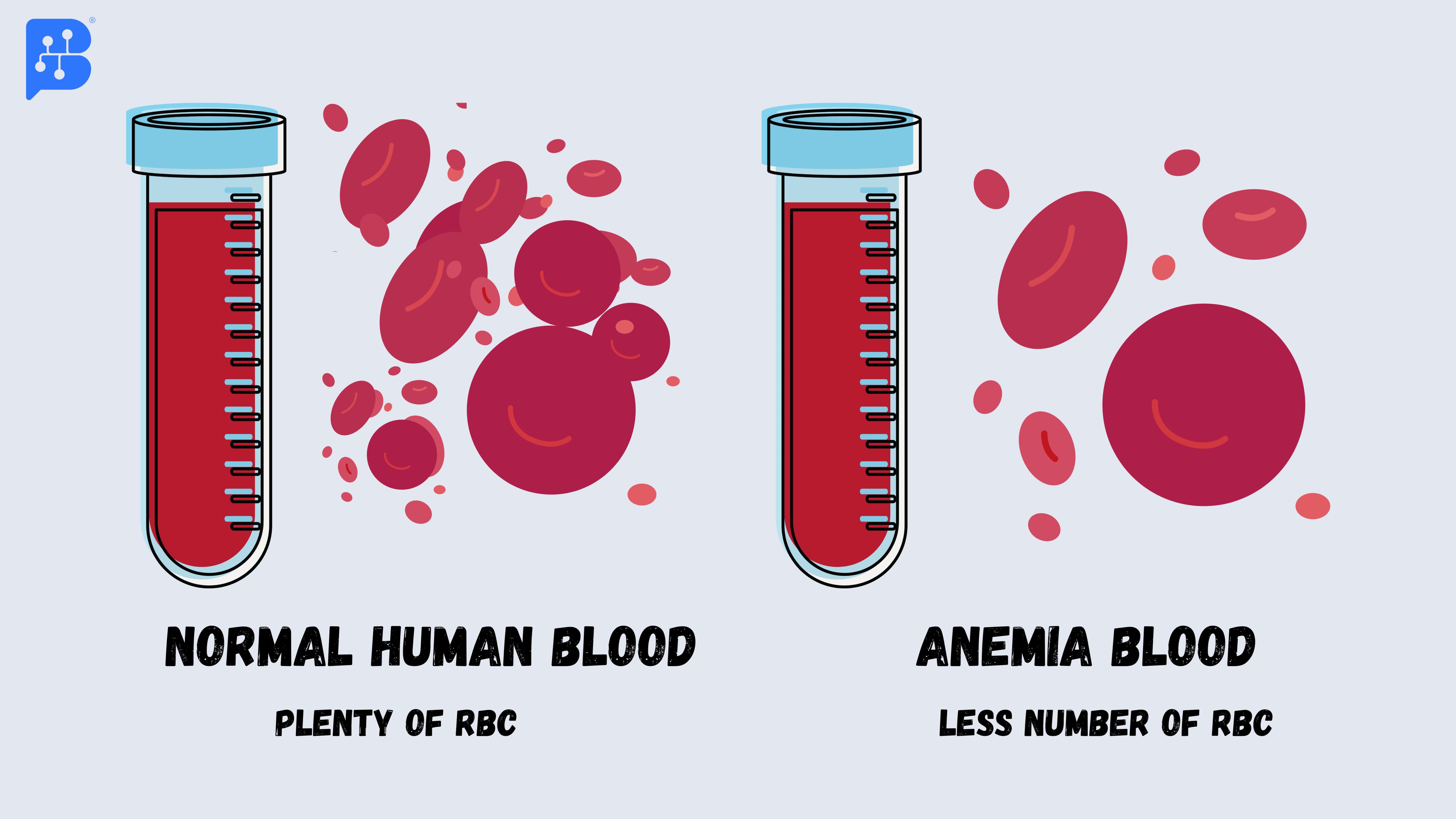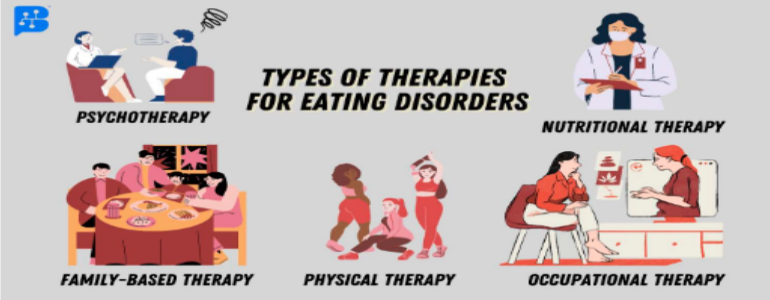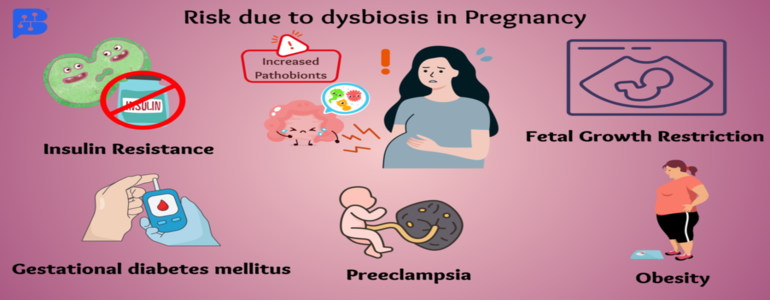- March 21, 2024
- Siddhi Talgaonkar
- Microbiome and Disease
How Gut Health Impacts Anemia: Exploring the Vital Connection
In India, alarming percentages of women (57%), female infants (67%), males (25%), and teenage boys (31%) battle anemia. On this National Anemia Day, let's explore how gut health influences this condition and work towards solutions for better health.
Anemia, characterized by a deficiency of healthy red blood cells or hemoglobin, disrupts the vital process of oxygen transportation throughout the body. This deficiency can stem from various causes, including blood loss, impaired red blood cell synthesis, or accelerated destruction. Symptoms of anemia are weariness, weakness, and a pale complexion, all indicative of insufficient oxygen-carrying capacity in the bloodstream. Breathing difficulties, dizziness upon sudden movements, and palpitations are common experiences, highlighting the profound impact of oxygen deprivation on bodily functions. Additionally, headaches, cold extremities, and difficulty concentrating are typical signs of anemia, while severe cases may lead to leg cramps, chest discomfort, and memory loss.
Due to the variability in symptoms and underlying causes, a comprehensive medical examination is essential for accurate diagnosis and personalized treatment strategies.

Types of Anemia
There are three types of anemia, mainly known:
1. Iron-Deficiency Anemia:
Iron deficiency anemia arises when the body lacks a sufficient amount of iron to produce hemoglobin, the vital protein found in red blood cells responsible for ferrying oxygen from the lungs to every corner of the body. Iron plays a pivotal role in the synthesis of hemoglobin, and its scarcity can stem from a multitude of factors. These may include inadequate consumption of iron-rich foods, such as meat, beans, and fortified cereals, or chronic blood loss, which can occur due to heavy menstrual periods, gastrointestinal bleeding, or other sources. Additionally, conditions like celiac disease or gastric bypass surgery can impair iron absorption in the gut, further exacerbating the deficiency. Furthermore, periods of high iron demand, such as pregnancy or menstruation, can deplete iron storage, worsening the problem. A range of symptoms, including weakness, exhaustion, headaches, pale yellow skin, and cold extremities, are symptoms of iron deficiency anemia and show how difficult it is for the body to withstand oxygen deprivation.
2. Vitamin B12-deficiency anemia:
Vitamin B12 deficiency Anemia stems from an insufficient supply of vitamin B12, which is crucial for the synthesis of red blood cells and the proper functioning of the nervous system. Primary sources of vitamin B12 include animal-derived foods such as meat, fish, poultry, eggs, and dairy products. However, deficiencies may arise due to various factors, including inadequate dietary intake, impaired absorption in the gut, gastrointestinal surgeries, or deficiencies in intrinsic factors, like a stomach-produced protein essential for vitamin B12 absorption. Symptoms of vitamin B12 deficiency anemia include fatigue and weakness, as well as a pale yellow complexion. Additionally, individuals may experience shortness of breath, tingling or numbness in the extremities, difficulties in walking, and cognitive impairments, underscoring the profound impact of vitamin B12 deficiency on both physical and neurological well-being.
3. Hemolytic Anemia:
Hemolytic anemia occurs when the rate of red blood cell loss exceeds the rate of production, resulting in a depletion of these vital cells within the bloodstream. Hemolysis, the term describing this accelerated destruction, can be instigated by a diverse number of factors. These may include autoimmune diseases, where the body erroneously attacks its red blood cells, as well as inherited disorders like sickle cell disease or thalassemia. Infections, exposure to certain drugs or toxins, and mechanical anomalies such as blood vessel abnormalities can also precipitate hemolysis. Symptoms of hemolytic anemia include weakness, splenomegaly (enlargement of the liver), and a pale yellow complexion. Darkened urine, a rapid heartbeat, and difficulty breathing may also occur, underscoring the variable nature of this condition's presentation.

Img-1: Symptoms of Anemia
The pictures above show typical signs and symptoms of anemia. Continuous signs include headaches, cognitive decline, fatigue and weakness, shortness of breath, pale or yellowish skin, and dizziness, which can result from iron deficiency. These symptoms underline the serious impact of iron deficiency on both physical and cognitive function, highlighting the significance of early detection and management techniques to reduce its impacts on individual health.
Importance of Iron
Iron serves as a crucial micronutrient vital for numerous metabolic processes within the body. Primarily, it functions as an integral component of proteins and enzymes responsible for oxygen transport, notably myoglobin and hemoglobin. Furthermore, iron plays pivotal roles in DNA processing, cellular development, proliferation, and mitochondrial energy metabolism. The body's iron stores experience depletion primarily through the shedding of enterocytes, epidermal cells, and menstrual blood in women, with lesser losses occurring through urine and feces. Despite these losses, the body efficiently renews its iron stores internally through the recycling of senescent and damaged erythrocytes. A daily intake of 1 to 2 mg is typically sufficient to maintain optimal iron levels, ensuring concentrations remain within the range of 3 to 5 grams. Iron absorption predominantly occurs in the duodenum and proximal section of the jejunum, facilitated by the high expression of proteins involved in non-heme iron absorption in these regions.
However, despite its essential role, iron can pose toxicity risks when its binding protein capacity is compromised. This metal exhibits unique properties that render it potentially harmful; it can generate free radicals and also serves as a critical growth factor for numerous pathogenic bacteria, fungi, protozoa, and cancerous cells. Thus, maintaining a delicate balance of iron within the body is imperative to harness its benefits while mitigating the risks associated with its toxicity.

Img-2: Anemia blood type.
The graphic illustrates the difference in red blood cell (RBC) count between a healthy person and a person who has anemia. A healthy human has an abundance of red blood cells in their blood, while an anemic person has fewer red blood cells in their blood. The key feature of anemia is highlighted by this graphic, which highlights the blood's decreased ability to carry oxygen because of low RBC counts.
Revealing the role of the gut in anemia
Iron supplementation exerts a profound influence on the delicate balance of the intestinal microbiota, creating a complex and bidirectional relationship between iron levels and gut health. Experimental evidence suggests that an excess of iron in the intestinal lumen can compromise the integrity of the intestinal mucous membrane, posing potential harm. Despite its crucial role in various biological functions, excessive free iron can generate harmful free radicals within the colon, leading to oxidative stress and direct damage to the intestinal epithelium. This disruption of the intestinal barrier can result in increased permeability, commonly referred to as "leaky gut," thereby increasing susceptibility to bacterial endotoxins and culminating in metabolic endotoxemia and microinflammation.
Furthermore, the symbiotic relationship between gut microbes and iron levels further complicates the intricate interplay. Studies indicate that both excessive and insufficient iron levels significantly influence the composition of gutthe gut microbiota, initiating and exacerbating conditions of inflammation and even contributing to the development of colorectal cancer. Certain bacteria, such as Streptococcus bovis, Enterococcus faecalis, and Clostridia, are implicated in the pathogenesis of intestinal diseases, producing substances like secondary biliary salts and hydrogen sulfide that fuel inflammation and carcinogenesis. Conversely, beneficial bacteria like Lactobacillus acidophilus and Bifidobacterium longum play a protective role, mitigating intestinal inflammation and maintaining gut health.
The gut serves as the primary site for the absorption of essential nutrients, including iron and vitamin B12, which are crucial for the synthesis of red blood cells. Disruptions in gut health, stemming from gastrointestinal illnesses, dietary deficiencies, or alterations in gut microbiota composition, can significantly impair the absorption of these vital nutrients, potentially resulting in various forms of anemia. Conditions such as celiac disease, inflammatory bowel disease, and chronic gastritis further worsen the challenge by limiting the body's capacity to absorb iron or vitamin B12. Thus, understanding and addressing the intricate relationship between gut health and nutrient absorption is paramount in the management and prevention of anemia and associated conditions.
Solution for Anemia
-
Addressing Gut Infections: Get tested for intestinal infections due to dysbiosis. You can visit our website for more details on the test.
-
Gut Healing: Use targeted therapies, such as dietary adjustments, gut-healing nutrients, and modifications to your lifestyle, to address any underlying problems causing gut inflammation or permeability.
-
Frequent Observation: Collaborate with a healthcare expert to monitor gut health parameters and adapt treatment approaches depending on individual requirements and responses.
-
Balancing Stress: To promote gut health, engage in stress-reduction practices including deep breathing exercises, mindfulness, meditation, and regular physical activity.
-
Preventing Excessive Medication Use: Reduce your usage of medications available without a prescription, especially those that might affect gut health, like nonsteroidal anti-inflammatory drugs.
-
Dietary Modifications: Consume a diet high in whole foods, such as fruits, vegetables, lean proteins, healthy fats, and fiber, to reduce inflammation. To encourage the development of good gut flora, include foods high in prebiotics, such as whole grains, garlic, onions, and bananas. Eat foods high in probiotics, such as fermented food, buttermilk, and yogurt, to help maintain a balanced gut microbiome.
Conclusion
The complex interrelationship between gut health and anemia emphasizes how crucial it is to take care of both for general well-being. Anemia is a medical condition that is common in India and across the world. It can have serious effects on one's health and quality of life. Understanding the many forms, symptoms, and fundamental reasons for Anemia is essential for a suitable diagnosis and management. Furthermore, the correlation between gut health and the absorption of nutrients, including iron and vitamin B12, highlights the need for prioritizing gut health therapies in conjunction with the treatment of anemia. People can strive towards regaining balance and health by using a comprehensive strategy that addresses gut infections, promotes gut healing, and lowers inflammation in the body. By taking preventative action and working together with medical experts, we can work to lessen the impact of Anemia and enhance general health outcomes for people as well as communities.
References
-
Malesza, I. J., Bartkowiak-Wieczorek, J., Winkler-Galicki, J., Nowicka, A., Dzieciolowska, D., Baszczyk, M., ... & Madry, E. (2022). The dark side of iron: the relationship between iron, inflammation and gut microbiota in selected diseases associated with iron deficiency Anemia - a narrative review. Nutrients, 14(17), 3478.
-
Rusu, I. G., Suharoschi, R., Vodnar, D. C., Pop, C. R., Socaci, S. A., Vulturar, R., ... & Pop, O. L. (2020). Iron supplementation influence on the gut microbiota and probiotic intake effect in iron deficiency - A literature-based review. Nutrients, 12(7), 1993.
-
Yilmaz, B., & Li, H. (2018). Gut microbiota and iron: the crucial actors in health and disease. Pharmaceuticals, 11(4), 98.
-
https://www.nhlbi.nih.gov/health/anemia
-
https://economictimes.indiatimes.com/magazines/panache/health/making-anemia-a-visible-problem-in-india/articleshow/100819443.cms?from=mdr
-
https://my.clevelandclinic.org/health/diseases/3929-anemia










